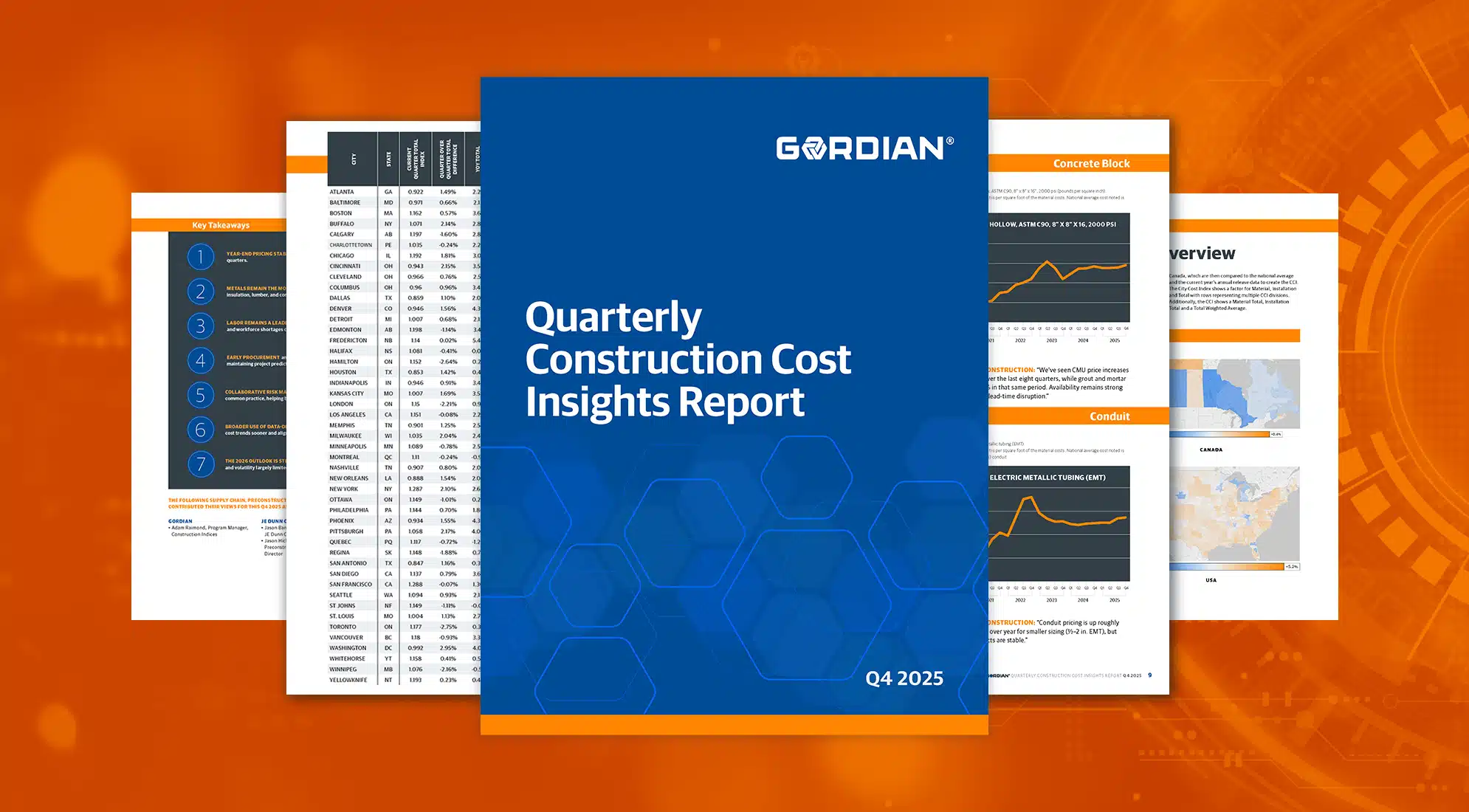Key Points:
- What is a Unit Price Book (UPB) in Job Order Contracting (JOC)?
A Unit Price Book is a comprehensive catalog of pre-priced construction tasks, including labor, materials, equipment, and demolition. In JOC, contractors bid a single adjustment factor applied to this book, streamlining procurement and ensuring consistent, transparent pricing across projects. - Why Use a Procurement-Specific UPB?
A procurement-specific UPB is tailored for construction procurement, not just estimating. It includes all-in costs, detailed product specifications, and references to industry standards or model numbers. This ensures accuracy, fairness, and clarity for both project owners and contractors. - Best Practices for Effective JOC Implementation
To ensure success, the UPB should reflect localized pricing, be independently verified, and include modifiers for quantity and scope variations. This level of detail supports fair market pricing, improves contractor profitability, and enhances owner confidence in project budgeting.
Gordian has been implementing and overseeing Job Order Contracting (JOC) programs for over thirty-five years. In that time, we’ve learned a thing or two about what makes a program successful. We’re sharing that knowledge with you in a series of blog posts to help you achieve as much as possible with JOC.
The first best practice that warrants discussion, the one thing all top-tier JOC programs have in common, is using a unit price book built exclusively for construction procurement. We’ll dig into what that means after covering the basic facts of Job Order Contracting.
What is Job Order Contracting?
An efficient and effective construction project delivery method, Job Order Contracting allows organizations to complete many projects using one competitively awarded contract. This unique, single-solicitation approach to construction procurement saves time while increasing flexibility and complying with applicable procurement laws.
What is a Unit Price Book?
A Unit Price Book (UPB) is a collection of line-item construction tasks and their associated costs, and it assumes a starring role when it comes to Job Order Contracting. That’s because, with JOC, contractors bid on the UPB once instead of bidding on project after project. Given that everything in a Job Order Contracting program orbits around the Unit Price Book, it is absolutely imperative that every UPB is complete, accurate and purpose-built for procurement.
Characteristics of a Procurement-Specific Unit Price Book
A line item in a procurement-specific UPB includes every aspect of construction work, including material, labor, equipment and demolition. Think of each line item as offering an all-in cost, allowing project owners to see exactly what they are expected to pay and enabling JOC contractors to see exactly what they are expected to earn. These prices are not only complete, they’re specific.
The costs in a procurement Unit Price Book contain details about the material and reference industry standards and/or a manufacturer’s serial or model number so project owners can be assured of product quality. Plus, procurement-specific costs include modifiers for variations and quantity discounts.
Finally, it is a best practice to use a Unit Price Book with local costs for JOC projects. Gordian recommends finding a third-party partner to independently research and verify costs for the time and place where work will be done. That’s the best way to ensure a UPB contains relevant costs.
All this detail and specificity ensure that project owners pay a fair and accurate price for construction while contractors turn a profit.
Can Estimating Costs Be Used for JOC?
We don’t recommend it. Here’s why.
Construction estimating and construction procurement are two different activities requiring different levels of detail. An estimate is just that – an estimate. And while estimates should be as accurate as possible, there is still a certain amount of distance expected between the projected total and the final sum. Procurement costs, conversely, must be precise since they represent the actual costs of construction. Even the industry’s best construction estimating books cannot deliver that level of precision without some modification.
It might help to think about the difference in cost accuracy like this: Estimating cost books can get you to the football stadium; procurement-specific unit price books will get you to your seat.
Using a procurement-specific Unit Price Book ensures detailed, complete and accurate pricing for actual construction work, not estimating alone. That’s why it’s one of Gordian’s Job Order Contracting best practices.







